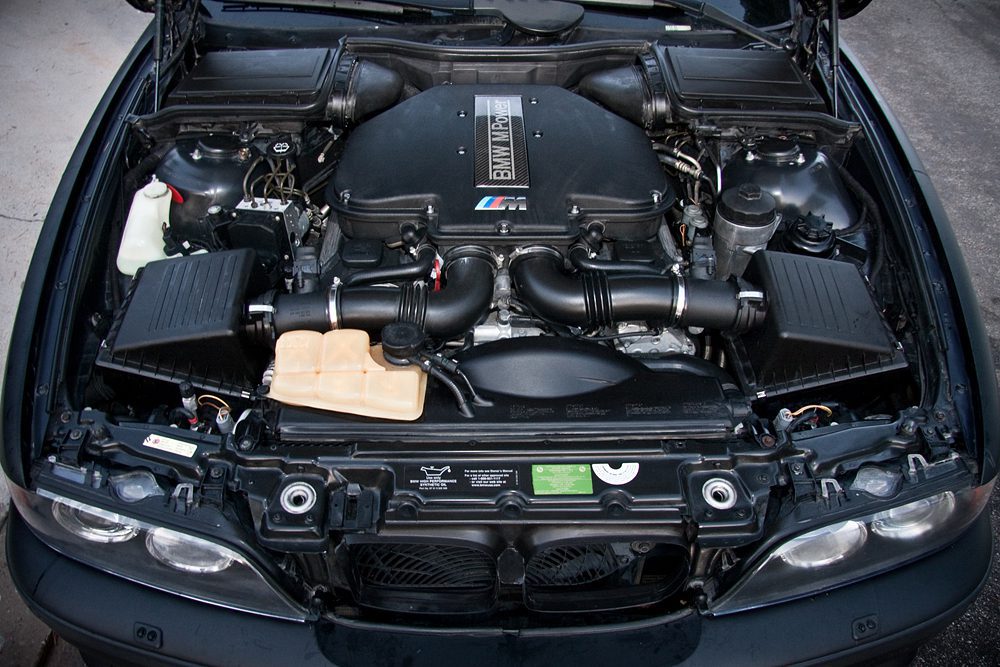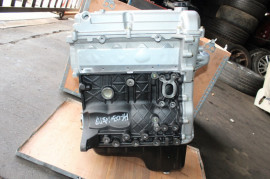Upgrade Your Vehicle with a New Opel Corsa Engine
Upgrade Your Vehicle with a New Opel Corsa Engine
Blog Article
Discovering the Inner Functions of a Compact Car's Engine System
As drivers, we typically take for provided the intricate processes that take place within the confines of our car's engine system. In this exploration of a portable car's engine system, we will unwind the internal functions of this mechanical symphony, shedding light on the enigmas that drive us forward on our daily trips.
Burning Process Review
The combustion process in a portable vehicle's engine system is a crucial mechanism that effectively transforms fuel right into power to power the lorry. This procedure takes place within the combustion chamber of the engine, where fuel and air mix, stir up, and produce controlled surges. The combustion procedure is composed of four major phases: intake, compression, power, and exhaust.
During the consumption phase, the piston relocates downward, pulling in a mix of air and fuel into the combustion chamber. The next phase, compression, includes the piston moving upwards, pressing the air-fuel mix to raise its potency. Subsequently, in the power phase, the ignition system sparks the compressed mix, leading to a fast expansion of gases that requires the piston back down. This down activity creates the power required to drive the vehicle. Finally, in the exhaust phase, the burned gases are removed from the combustion chamber through the exhaust shutoff, preparing the chamber for the following cycle. This cyclic burning process is basic to the procedure of a compact lorry's engine system, guaranteeing effective energy conversion for propulsion.
Piston and Cyndrical Tube Interaction

The piston's precise fit within the cylinder is important for preserving ideal compression and avoiding energy loss during combustion. Limited clearances in between the piston and cyndrical tube walls make certain effective securing, enabling the piston to relocate efficiently without enabling gases to leak past. Appropriate lubrication is likewise important to reduce friction and use in between these parts, boosting longevity and efficiency.
Additionally, the design and materials used in making the piston and cylinder effect engine performance and resilience. Modern engines often employ lightweight yet resilient materials like light weight aluminum alloys for pistons and cyndrical tube liners to reduce inertia and improve thermal efficiency. Overall, the unified interaction in between the piston and cyndrical tube is fundamental to the engine's functionality and overall efficiency.
Gas Shot System Performance
Fuel read more injection systems in compact vehicle engines play a crucial function in specifically delivering gas to the burning chamber for efficient and controlled ignition. The fuel injection system works by infusing gas into the burning chamber at the optimum minute throughout the engine's operation (opel corsa engine). This specific timing makes sure that the fuel mixes equally with the air for appropriate combustion, leading to improved fuel performance and reduced exhausts
There are largely two kinds of fuel injection systems used in portable car engines: port gas injection (PFI) and direct gas injection (DFI) PFI systems inject fuel into the intake port prior to the intake shutoff, while DFI systems inject gas straight into the burning chamber. Both systems have their benefits, with DFI offering better fuel atomization and PFI offering an extra cost-efficient service.
Understanding Engine Cooling Systems
Effective operation of a small lorry's engine relies greatly on the site here efficiency of its cooling systems. The cooling system in a compact vehicle generally is composed of numerous elements working together to manage the engine temperature level. Comprehending these engine cooling mechanisms is vital for preserving the performance and long life of a small automobile's engine system.

Exhaust System Components Explained
The ideal performance of a portable automobile's engine air conditioning devices depends on a corresponding system understood as the exhaust system, which comprises various necessary components for making certain efficient discharges and engine performance. The exhaust manifold gathers exhaust gases from the engine's cyndrical tubes and courses them to the catalytic converter.
One crucial part of the exhaust system is the oxygen sensor, which keeps an eye on the oxygen levels in the exhaust gases to aid regulate gas usage and ensure ideal engine performance. opel corsa engine. Additionally, the resonator may exist in some exhaust systems to lower sound degrees. Overall, the exhaust system plays a crucial role in preserving engine effectiveness, minimizing damaging discharges, and ensuring a quieter driving experience for compact car owners

Final Thought
To conclude, the small lorry's engine system is a complicated mix of parts that work with each other to help with the burning procedure, visit the website convert gas into energy, and get rid of waste gases. Understanding the inner functions of the engine system, including the piston and cylinder interaction, fuel injection system, engine cooling devices, and exhaust system parts, is important for maintaining ideal performance and performance of the vehicle.
The combustion procedure in a portable car's engine system is a critical mechanism that effectively converts fuel right into energy to power the automobile.Gas injection systems in compact vehicle engines play an important function in exactly delivering fuel to the burning chamber for regulated and efficient ignition.There are mainly two types of fuel injection systems used in compact car engines: port fuel injection (PFI) and direct fuel shot (DFI) Understanding these engine air conditioning mechanisms is important for keeping the performance and durability of a small automobile's engine system.
The optimum performance of a compact automobile's engine air conditioning systems depends on a corresponding system known as the exhaust system, which consists of various necessary components for ensuring efficient discharges and engine efficiency.
Report this page